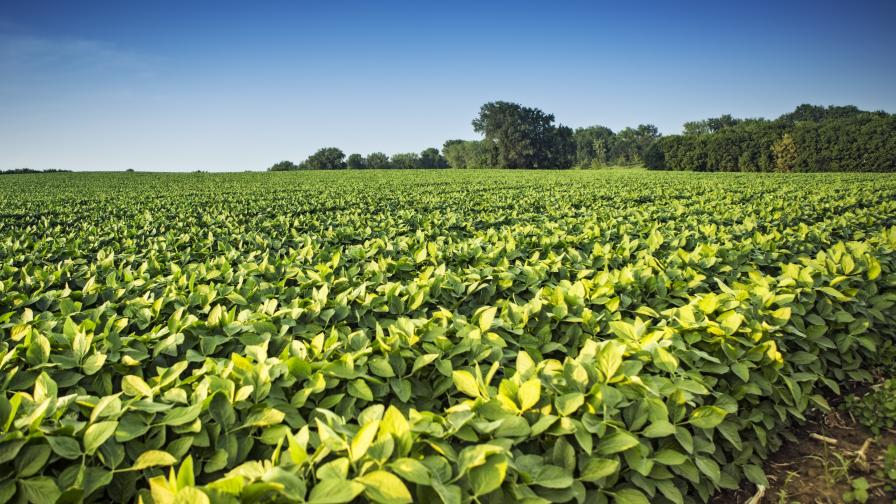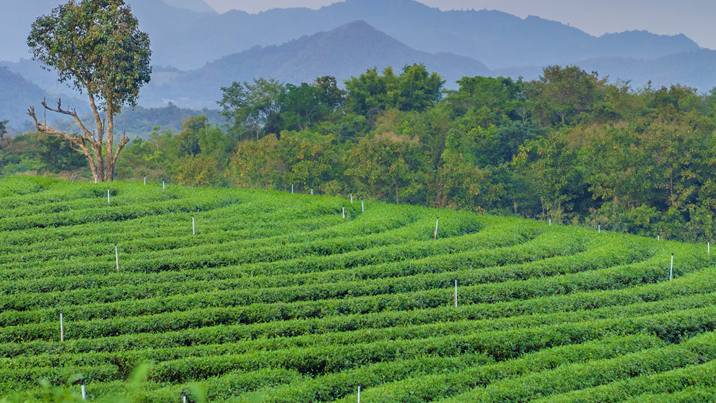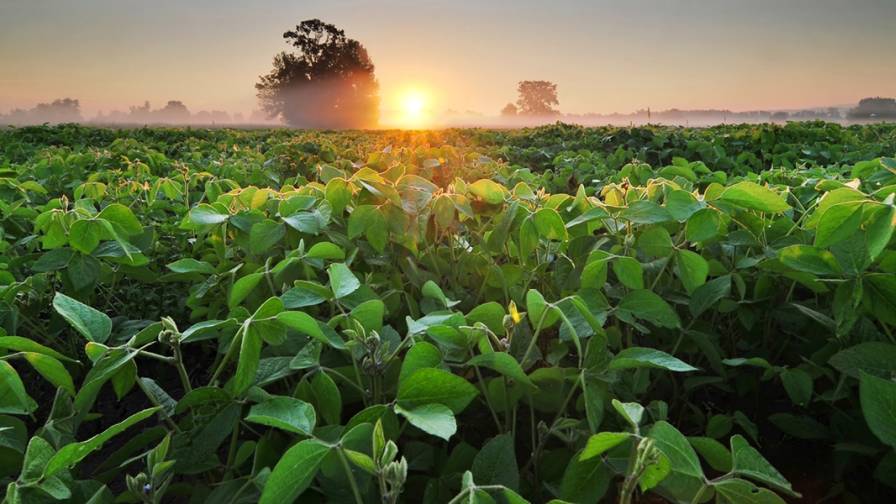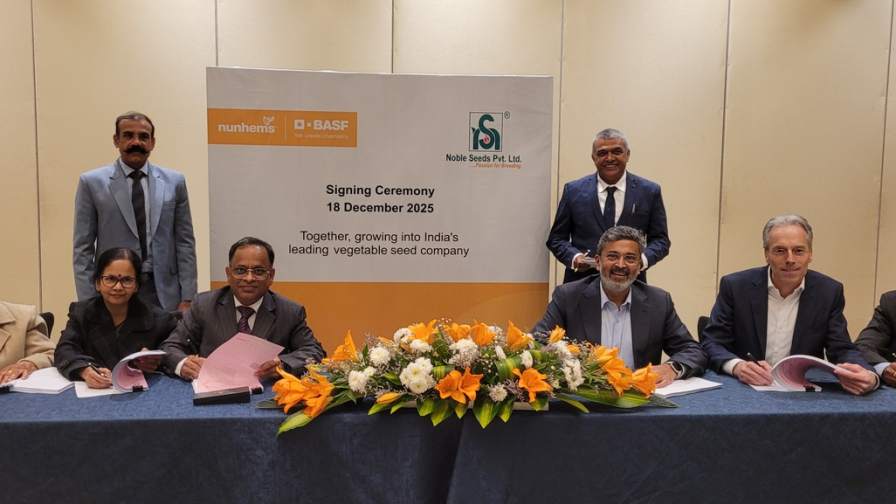The Covid Pivot: 10 Pressing Questions About the Future of U.S. Agriculture
Editor’s Note: Jim Budzynski is a long-time friend of Meister Media, a member of the CropLife PACE Advisory Council, and renowned thinker on the future of the agriculture value chain. Jim submitted the following perspective piece reflecting on the events of the past 18 months, and what we as an industry should be thinking about in the months and years ahead. Some of the questions posed here will be central to the discussions we will engage in at the PACE Executive Forum in Kansas City this coming October. I encourage you to provide feedback and suggestions directly to myself or the author. Enjoy! – Paul Schrimpf
The past year has been a doozy. Being locked up for a year and watching half a million Americans die was traumatizing. In the most productive agricultural country in the world, millions of people lined up for food and many Americans died because Covid preferentially attacks people with pre-existing conditions like obesity, high blood pressure, diabetes, and heart disease.
As a mortal, Covid jolted me into a heightened sense of my own mortality and resulted in diet and exercise changes that lessened my vulnerability. But as a strategist, this “Covid intermission” got me pondering what role American agriculture might have played in all this and where we are headed. I concluded that U.S. agriculture remains highly vulnerable and way overdue for a new strategic plan. We need a “Covid Pivot” to a more sustainable agriculture that broadly supports both our environment and the health of our citizens.
I want to share 10 questions that can be considered “kindling wood” to help start the bonfire of debate over where U.S. agriculture should be heading. I do not claim to have the answers, but perhaps this is a fair starting list of questions.
1. Global Trade and China. In some ways the U.S. ag model has not changed in 240 years – a “mercantilist” system built around growing crops and livestock and selling grains and protein around the world. We subscribed to the “Ricardian efficiency model” that each country should produce what they can produce cheapest, use what they need, and sell the rest to others. In the first century of this country, global agricultural trade was also driven by an urgency to leverage the Mississippi River system and quickly populate “the west” (today’s corn belt) while the British and the French were distracted. Grains and oilseeds moved easiest down the river. The catch with the Ricardian model is that it starts to break down when producers (even the U.S.) manipulate their currencies, trash their environment, abuse their laborers, or start a war (trade or otherwise). Fair trade requires all parties to trade fairly. Covid highlighted how “comparative advantage” may be efficient in the short term but are ultimately unsustainable, while also exposing the fragility and risks of long global supply chains. Have you noticed the spike in food security concerns and the push by countries to avoid dependence on foreign agricultural commodities? How about the 100% rise in the price of corn over the past 12 months? The United States’ No. 1 agricultural customer by far is also our biggest strategic competitor, China. While they break all records on buying American corn and soybeans, they are also articulating a long-term plan to reduce dependence on imports. Are we betting that China will fail in executing their plan? Will our China sales be OK (or even great) right up until they are not? What is “Plan B” in the event of a highly probable disruption in Chinese agricultural trade?





